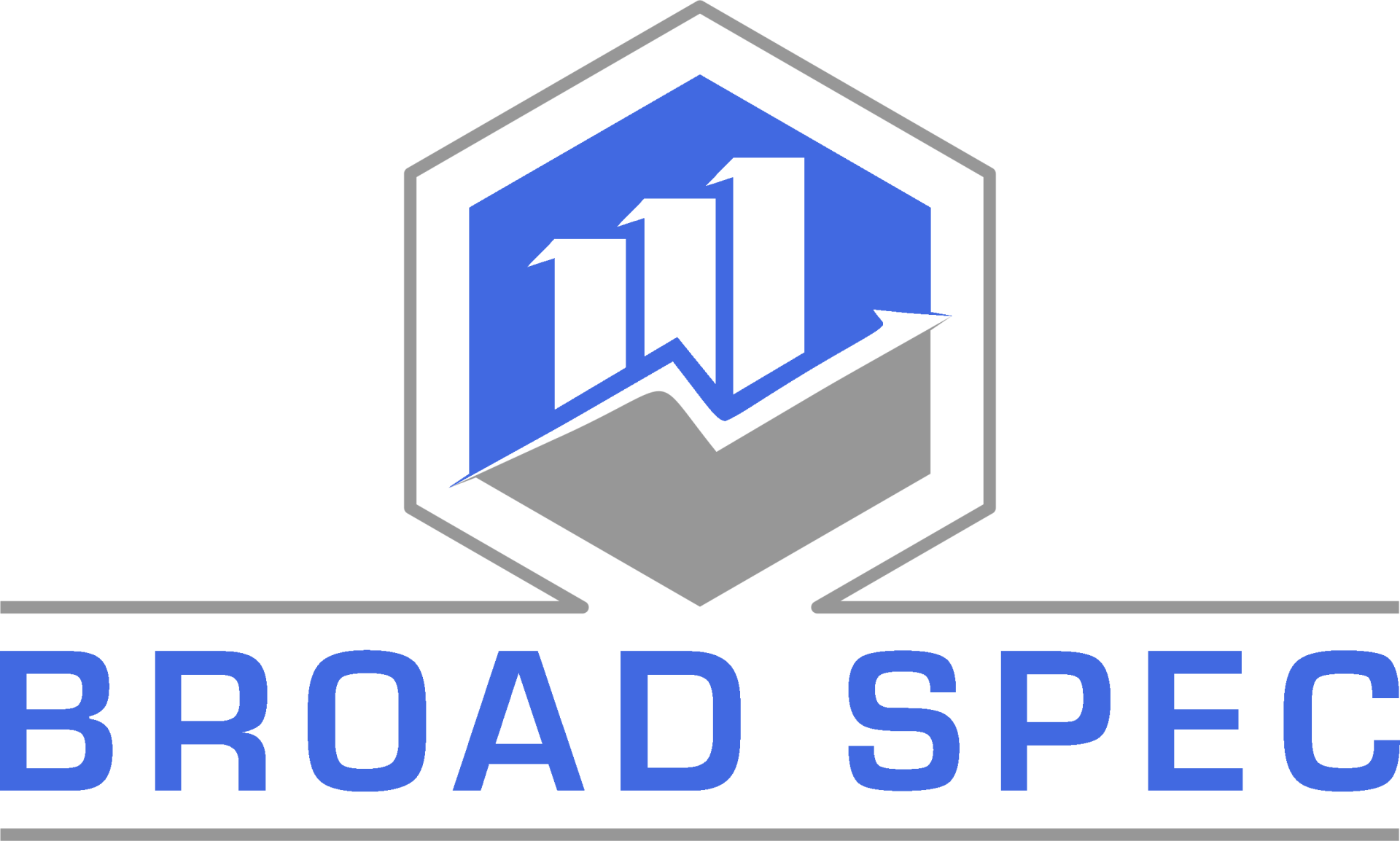Google's Spam Brain Algorithm - Link Spam Update
In today's digital world, search engines are critical in helping internet users find the information they need. One of the largest search engines, Google, is always looking for ways to improve the user experience and maintain the integrity of its search results. Google's spam brain algorithm is critical in ensuring that its search results remain relevant, trustworthy, and free from spam.
Link spam has been a persistent problem for search engines, and Google has been working hard to combat it. Link spam is a type of spamming technique where spammers try to manipulate search engine rankings by creating links that appear to be legitimate but are meant to deceive the search engine. Google's spam brain algorithm is designed to detect and penalize these links, ensuring they don't hurt the user experience.
What Google calls spam is different from what you might think. To Google, spam is any of the following and more:
- Sites and pages that are trying to manipulate signals that they think will trick Google's algorithm into valuating content better
- Thin content affiliate pages that do not provide visitors much value
- Poorly written content that's posted online only in order to rank and get traffic and not help viewers
- Sites that purchase links from other sites to fake the importance and usefulness of their content
- Showing of one version of content to search engines and another to visitors of the site (cloacking)
- Doorways pages that are meant to rank on Google for keywords that the page is not even about
- Hacked sites: code injections, page injections, content injections, redirect
- Hidden text and links on pages. Known black hat tactic that used to work back in the day. Examples include: making the text of size 0 and keyword stuffing it, making the text to appear white in color on white background (search engines see it, but not visitors), etc.
- Keyword stuffing: filling pages with keywords that the pages are meant to rank for while providing no real value and damaging user experience
- AI written content that provides no value to readers
- Scraped content which is often scraped from other websites, spun, and reposted as original content on the spammy site
- And many others! Check out Google's Spam Policies for a longer list.
Google's Quality Raters Guidelines
Google's Quality Evaluator Guidelines provide a comprehensive overview of how Google assesses the quality of its search results. These guidelines serve as a valuable resource for individuals and organizations that aim to understand how Google evaluates websites and webpages regarding relevance, usefulness, and overall user experience.
The guidelines begin by outlining the purpose of Google's search engine: to provide users with relevant and high-quality search results that meet their needs. To achieve this goal, Google relies on a team of evaluators, known as quality raters, who assess the quality of search results based on a set of defined criteria.
One of the key criteria for evaluating search results is relevance, which refers to how well the search result matches the user's query. Relevance is determined by examining the content of the search result and its relevance to the user's location, language, and other factors.
Another important criterion for evaluating search results is usefulness, which refers to the usefulness of the content for the user's query. This is assessed by considering factors such as the content's accuracy, completeness, and relevance to the user's needs.
In addition to relevance and usefulness, the guidelines also outline other important criteria that quality raters should consider when evaluating search results. These include the overall quality of the webpage, the website's authority and credibility, and the site's user experience.
For example, quality raters are instructed to assess the quality of the webpage by examining its design, layout, and content organization. In addition, the authority and credibility of the website are evaluated by considering factors such as the website's domain name, history, and links to other reputable sources.
The site's user experience is also an important consideration, with quality raters instructed to assess factors such as the site's load speed, ease of navigation, and overall visual appeal.
In addition to the evaluation criteria, the guidelines guide how quality raters approach their assessments. For example, they are instructed to be objective and impartial in their evaluations and to consider the user's perspective when evaluating search results.
Overall, Google's Quality Evaluator Guidelines provide a comprehensive overview of how the search engine giant evaluates the quality of its search results. By understanding these guidelines, individuals and organizations can improve their websites and webpages to meet the needs of Google's users better and achieve higher rankings in search results.
What is Spam Brain?
In April 2022, Google released its 2021 Web Spam Report, highlighting the company's efforts to fight spam and improve the user experience. The report showed that Google has successfully detected and removed spammy links and that the company has maintained its high-quality standards for its search results. However, Google has never used Spam Brain to determine website authority until December 14th, 2022.
Google's spam brain algorithm is constantly evolving, and in December 2022, the company released an update to its link spam algorithm. The December 22nd link spam update is designed to improve the detection and removal of link spam and to provide a better user experience for internet users.
The new update focuses on three key areas: link schemes, link quality, and link authority. Link schemes are links meant to deceive search engines, such as those hidden or placed in unlikely locations. Link quality refers to the relevance and trustworthiness of links, and link authority refers to the importance and credibility of the source of the links.
The December 22nd link spam update is designed to improve Google's ability to detect and penalize websites that engage in link spamming practices. The update will also improve the quality of links in Google's search results, ensuring that users can find the information they need in a trustworthy and relevant manner.
In addition to the December 22nd link spam update, Google has also released a set of guidelines for web admins and website owners to follow. These guidelines outline the types of prohibited link spamming practices and provide information on how to maintain the quality and integrity of links.
Google's efforts to combat link spam and to improve the quality of its search results are critical to the company's success and the user experience. By constantly evolving its spam brain algorithm and providing web admins with the information they need to maintain high standards of quality, Google is ensuring that its search results remain relevant, trustworthy, and free from spam.
Google's spam brain algorithm is critical in the company's efforts to combat link spam and maintain its search results' quality and relevance. The December 22nd link spam update is an important step in improving the detection and removal of link spam and ensuring that internet users can find the information they need in a trustworthy and relevant manner. In addition, by following Google's guidelines and maintaining high standards of quality, web admins and website owners can help ensure that Google's search results remain free from spam and that the user experience remains positive.
How Is Spam Brain Different From Previous Spam Algorithms?
Spam Brain is very different from previous Google Spam algorithms you are used to working against. I look at the Spam Brain algorithm as a newly evolved algorithm that only shares the base of the previous algorithm. Having worked with large, high-traffic sites during the Spam Brain rollout, I have seen the rankings behavior change in different ways.
Spam Brain doesn't penalize, and it devalues the site overall. If you were ranking in the top 3 positions on the first page for some serious difficulty keywords and now find yourself on page 4, AND your content is of great quality, that tells you that there are that many more sites with better backlinks profiles.
Google has often mentioned that they will still show spammy websites at the top of search results as long as they don't have any more authoritative content to show. It depends a lot on the competitive landscape of your niche.
Spam Brain looks past the first level of backlinks and digs deeper. If you are used to only paying attention to the first layer of backlinks pointing to your or competitors' sites, you need to look deeper. How good are your backlinks? Do the sites linking to you have good-quality backlink profiles themselves? Do other sites of topical relevance and authority link to them?
You must ask many more questions this time to ensure that your backlink-building efforts are worthy of anything. That being said, my advice is to steer clear from any of those self-proclaimed backlinks-building experts that you find in your inbox flaunting high DA/DR (useless metric, in my opinion) sites that they will link to your site.
Google Spam Policies
The Google Search developers have created guidelines and policies to reduce spam in search results. These policies are designed to help maintain the integrity of the search results and ensure that users receive the most relevant and trustworthy information possible.
The policies include a range of measures, from technical requirements for websites to avoid being flagged as spam to guidelines for creating quality content that is unlikely to be seen as spammy. Some of the key areas covered by the policies include keyword stuffing, hidden text, and doorway pages.
To ensure that these policies are followed, the Google Search team employs several automated systems and manual checks to identify and penalize spammy websites. This helps to ensure that the search results remain useful and relevant and that users can trust the information they find through Google Search.
If a website is found to violate spam policies, the Google Search team may take action to remove it from the search results or to reduce its visibility. This helps to maintain the integrity of the search results and ensure that users can find the information they need without being bombarded by spam.
Overall, the spam policies implemented by Google Search developers enhance the user experience and ensure that the search results remain useful and trustworthy.


